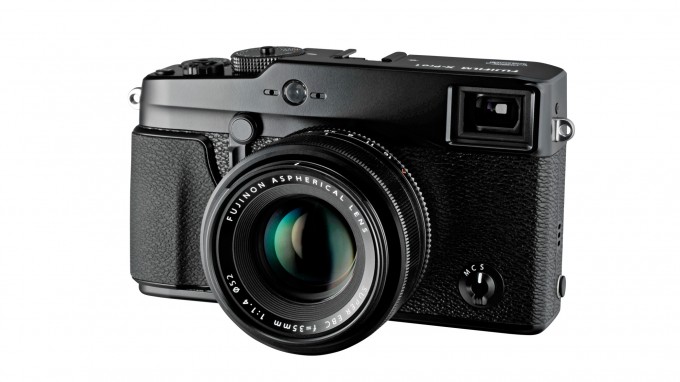
Switching from a film Leica to a digital Fuji X-Pro 2
by Richard Landberg
I have been shooting film Leica for some years. Always in black and white. A while ago I wanted to start shooting color, but developing color in Sweden is now really expensive. I Bought a Ricoh GRII, GREAT camera. But it was to limited. I missed a 50mm equivalent lens and a real optical viewfinder. I then tried the Leica M9 but I did not like it at all so I went back to shooting black and white with my Leica M5. Then I saw a youtube video with a young photographer namned Dante Sisofo. He was shooting the Fuji X-Pro 2 and the colors in his photos was stunning. I ordered a X-Pro2 and a 35mm f/2 straight away. And wow! The colors from this camera! I shoot raw and then apply the standard/provia color profile in Lightroom and that is it! I Shoot with the optical viewfinder, using the EVF only to check exposure. At first I missed the rangefinder focus that Leica use but now I no longer think about it. For me this is a really great camera. Here are som photos from this summer. Mainly Norway and Italy.
–
–
–
–
–
–
–
–

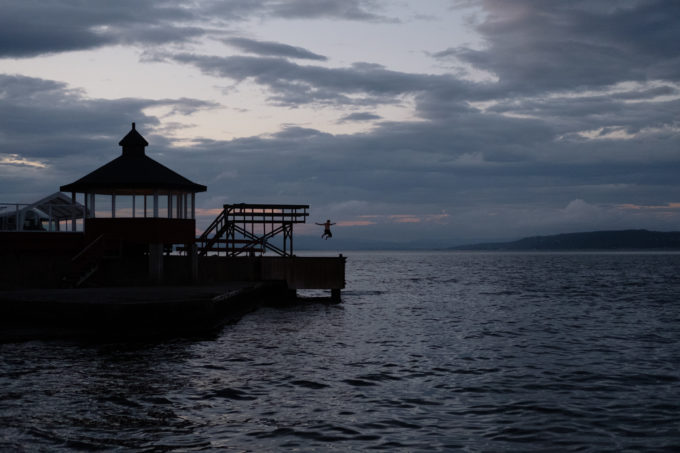
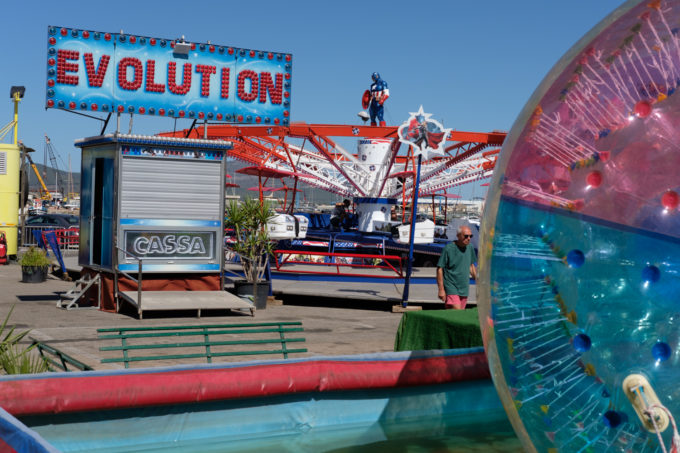

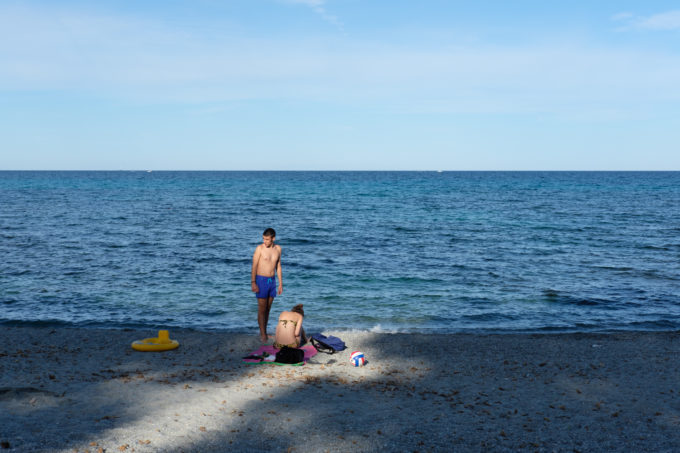

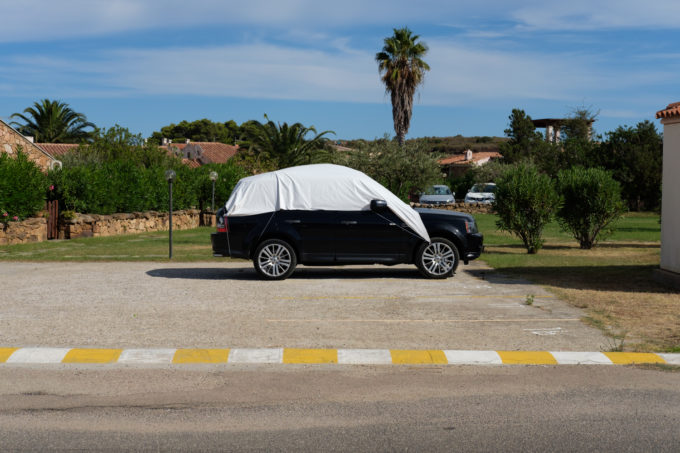
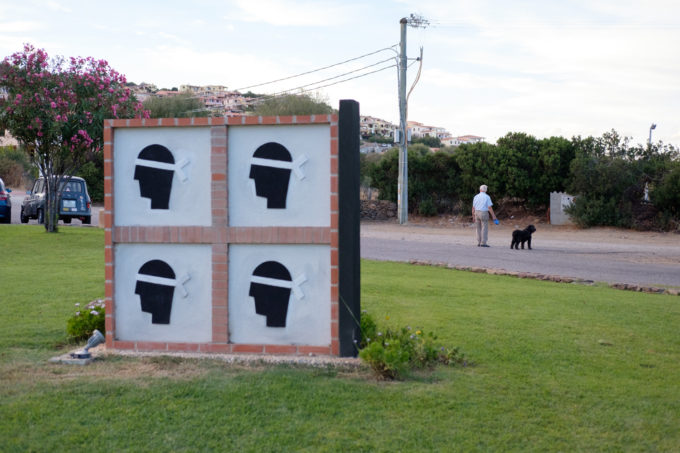

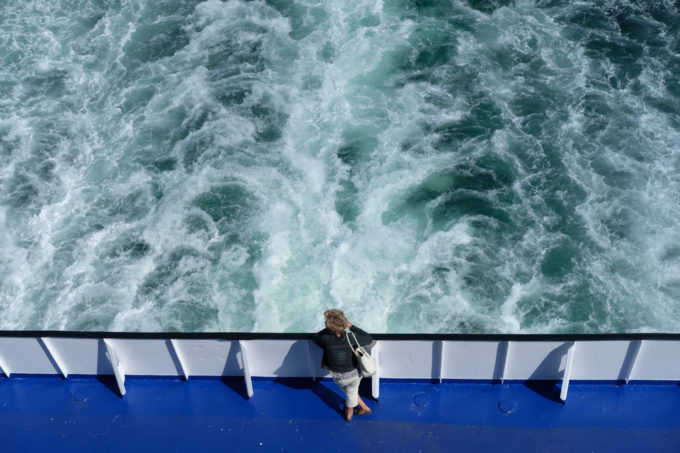





You certainly found YOUR camera! And the pictures speak volumes aboout your enjoyment. You also generated one of those useful many-sided discussions which is one of the things I value about Steve’s site. I tried a Fuji 100S at one stage, but I ended up liking the Leica X1 (!) better.
I continue with film
http://www.eyeem.com/p/107404527
Lol. You describe yourself as one who shot exclusively in B&W, then present us with a set of (lovely) all color images. I thought for sure you would have a bunch of images in acros simulation telling us how due to acros sim you no longer feel the need to use genuine film. Seriously a lot of people raved about how good acros sim was, and I thought it could never match the hype. But actually it does. As I dyed-in-the-wool ilford HP5 enthusiast I am very impressd with the acros sim. How about you? Maybe you could do another post with all acros?
Thank you!
I have tried the acros and I sure looks good. But I just want shoot color for a while!:) I have a couple acros simulations on my Flickr.
There are some nice shots here, Richard. I think the one that stands out the most is the one of the woman overlooking the water.
Fuji files have an almost medium-format look to them. I have no idea why a commercial photographer would choose a DSLR over a Fuji, regardless of pixel count! Sometimes X-Trans files look a bit ‘thin’, but maybe that’s because in some cases, the photographer chose to mess with them on the computer, instead of leaving them alone. These shots here have nice tonality.
I keep saying to myself that I’m going to try out the Fuji system. Eventually! 😉
I think you get that look with nearly every camera today. Leica, Sony, Fuji all can produce bright colors. I understand some people are really into fuji but they almost always post-process there photos. So is it really a result of Fuji or is it simply a photo shop technique.
Hi!
You may be right. The photos posted in the article is straight out of the camera with Fujis Provia color profile. Nothing else done with them.
Hi Richard, thanks for your article, it was an interesting read. My experience was the reverse. I went from m43rds to Fuji. First the X100’s, the Xpro1 and then the XT1 with all the greatest recommended lenses. But the XPro1 left me with a taste for the real thing. I went one summer two years ago to Leica Wetzlar to try some real range finders. I sold all my gear and bought an M9 and a number of lenses, then an M6 Ttl which I now use for colour film and an M3 which I dedicate to B&W Ilford Delta Pro. I now develop and scan my own negatives and shoot digital when others may want my shots. I have never been happier going back to my roots.
It’s a strange world, Fujifilm’s plan back fired for me and I have to say Leica Germany has treated me well. I cannot complain. While Fuji exemplies excellent customer service and turn around Leica’s is slower but has cost me nothing apart from a few emails in the last two years.
I hope you find all you need that satisfies your spiritual and emotional expression through your new equipment. Best wishes, Christopher.
Confessions of a former Fuji XPro owner.
A few years ago as owner of a Leica M8 and a number of successive MFT cameras, I was immediately hooked by the Fiji XPro-1. Eventually, the problems with the various ‘Fuji-unfriendly RAW processors straightened out and I pretty much stuck with C1 and Irident. While the colors are glorious as a result of Fuji’s long experience with color film palettes, there was a lack of simplicity to the camera with its complex menus and overabundant buttons and dials. So I bought a Leica FF M9P and relearned the art of patience and pure photography without the aid of complex in-camera computers. Eventually, the Fuji XPro-1 and all the lenses went and I fell for the then new very small and light APSC sensored Leica T, which once set up in the unique simplified menu became as straightforward to shoot as the M9 except now I have auto-focus along with exceptionally easy and accurate manual focus. I now have a FF Leica M240 with live view and EVF as an option to the OVF and am waiting impatiently for the new Leica TL2, the camera that the original T should have been. My MFT outfit including the remarkable but overly complex Olympus Pen F, an ingenious and excellent image maker that IMO, is self-defeating in its complexity is also gone. As an image maker, the Fuji Cameras are great, but for me their complexity is an unnecessary obstruction that stand between me and the image. BTW, I also carry a Fuji X70 now as my little clipped-to-the-belt “sidearm’ when I don’t like to carry around a camera outfit. It is simple, straightforward and takes excellent APSC quick images.
And do you still find the x70 complex to use?
I think the x100t and F Very good and simple cameras…
If you want all of the photographic goodness of the X-Pro2 without the OVF for less money, I can’t recommend my XT20 enough. It’s a fantastic camera.
I could not agree more. My Fujifilm XT20 is quite the camera. I moved up from the X-Pro1 and have never looked back. Check out the specs and you will see why it is always out of stock.
I owned the x-pro2 and than Olympus Pen F. Please, try the Pen F colours…
I have Fuji xt2. Welcome to Fuji world!! I also shoot film with a vintage Olympus OM-1
I like the colors Fuji sensor produces,
imo Fuji colors are the best and most ” natural” and “organic”.
tried to switch from Sony A7 to Fuji X100s,
but.. sold camera after 1 week of using..
came back to A7 and RX1..
The RX1 is a highly underrated camera.
Beautifull images, great colors…
I have used the x100 series since the first model but I always have a itch to do the opposite move: to migrate to Leica, especially the M9.
What do you think of fuji x100f x to m9?
Carlos, If you get the opportunity to try an M9 just do it. It’s a very different beast, slow with a poor rear screen that just about provides enough of a clue as to exposure. It has a simple menu system, but makes awesome DNG raw files. If post processing is something you have time for, the camera has huge rewards. The jpegs are a just a hint of the depths obtainable.
Leica M9 has things like a discreet mode I had never heard of before. The shutter cocks itself after releasing the shutter button, so you can click and walk away then release. It’s like winding a film on after taking a shot. A solid heavy beast built to last. Make sure you get one with a new sensor Certification by Leica then you’re set for the next five years at least. I don’t need more megapixels. Best wishes, Christopher
Thanks Christopher…
In Brazil we don’t have much Leica Stores, so to try IT i’ll have to buy one.
But I think worth try…
Carlos if you would like some dng files to play with I’ll send you some. I’m on holiday in Germany, but it shouldn’t be a problem just send me your email address and I’ll send you some shots. I am mr.ckdavies@icloud.com
Regards
Christopher
Hello Richard.
Thanks for sharing your article on your experience with the awesome Fujifilm X-Pro2! I also use it for landscape and product photography, and agree with you, regarding the color and overall image quality of the system. Though I shoot Raw+Fine Jpeg, and post process in Lightroom, Photoshop Elements, or Iridient Developer, I find that the sharpness and image detail obtainable with the in-camera film simulations such as Acros, is amazing! This is due to the sensor, processor, and most certainly the superb Fujinon XF lenses such as your 35 f/2, among many others. I also recommend the 23 f/2, 16-55 f/2.8, and the 90 f/2…the latter being absolutely the sharpest lens I’ve ever used in 35 years of photography!